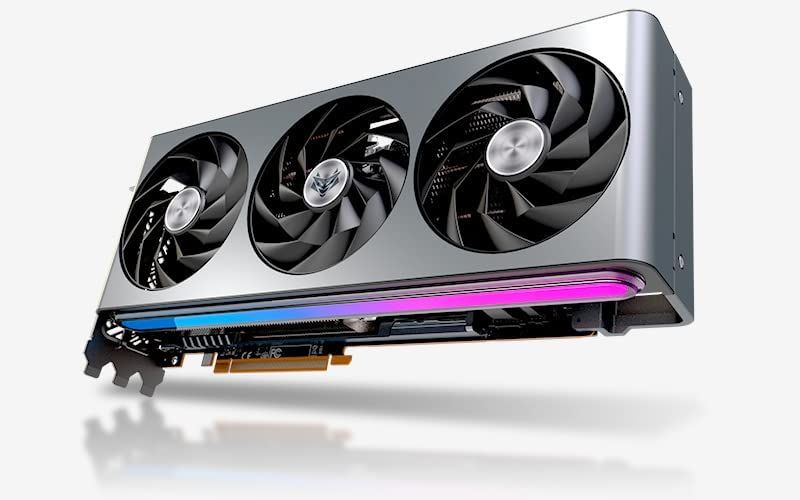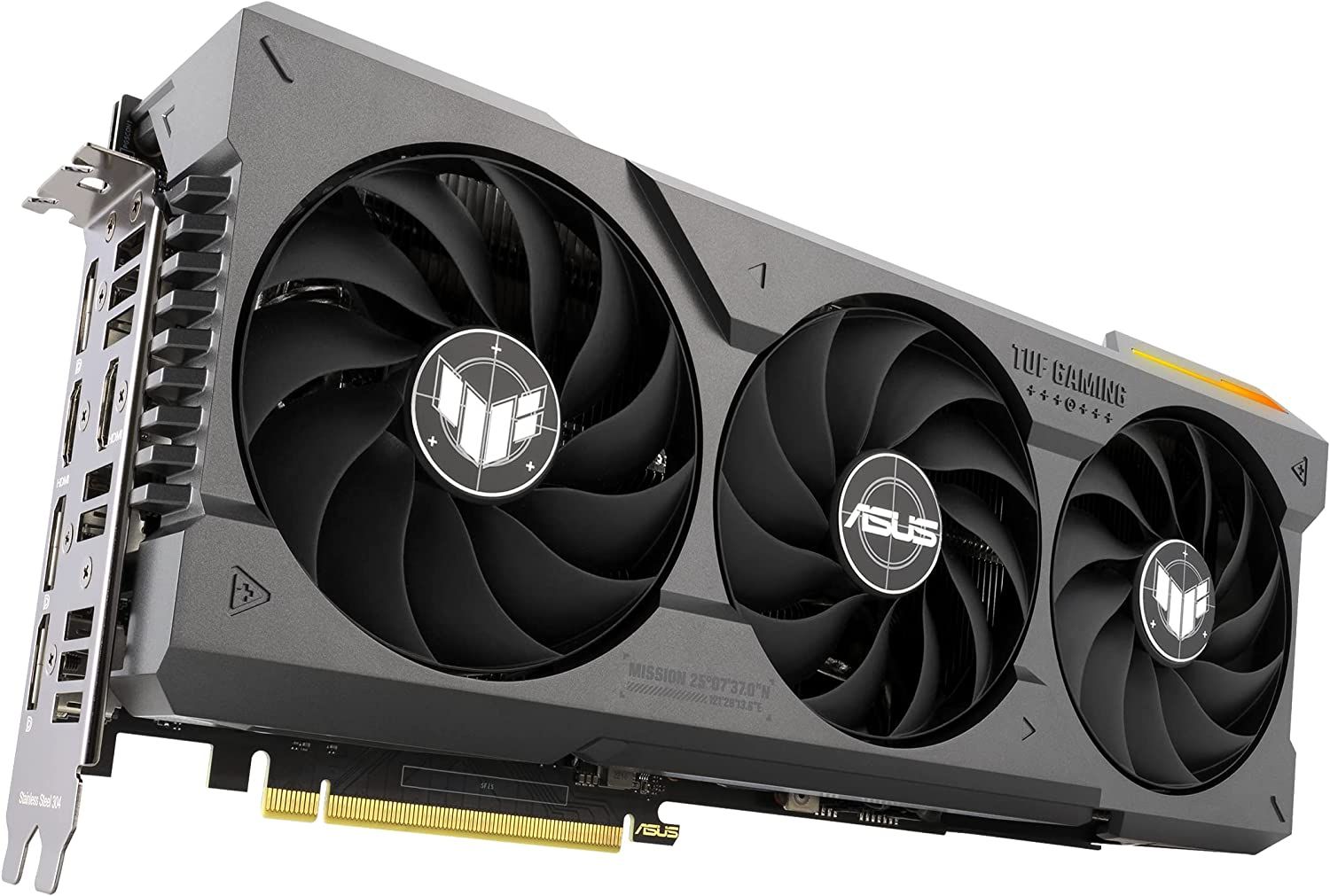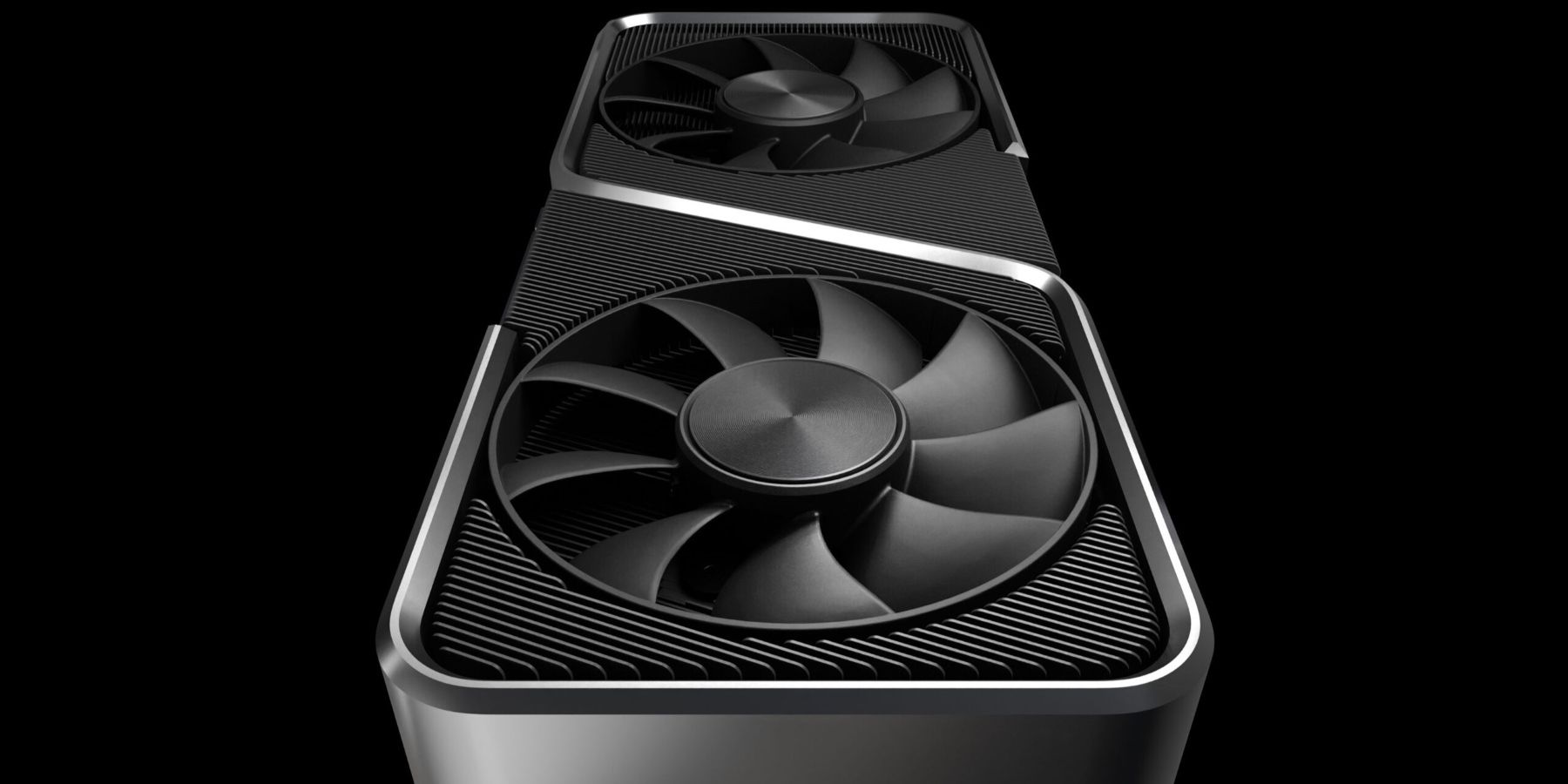Highlights
- NVIDIA and AMD are expected to release GPUs with GDDR7 memory, offering improved performance in demanding PC titles.
- AMD's advancements with Radeon GPUs are notable, but NVIDIA still leads the market with GeForce RTX cards.
- Increased memory bandwidth and larger memory per die could benefit both next-gen NVIDIA and AMD GPUs.
Upcoming NVIDIA and AMD GPUs with GDDR7 memory could have 16 GB dies or greater, according to a reputable PC tech insider. If the specifications are true, the new GDDR7 NVIDIA and AMD graphics cards could offer incredible performance in demanding PC titles in the future.
Despite some fierce competition from AMD's Radeon RX 7800 XT and 7900 GRE cards, NVIDIA is still the market leader in the PC gaming space. NVIDIA's GeForce RTX graphics cards are compelling to PC gamers and professionals alike, due to better ray tracing performance and support for technologies such as DLSS 3.0. However, AMD is still making advancements in its competing technologies and solutions, such as FidelityFX Super Resolution 3.0 and HYPR-RX. Next-generation NVIDIA and AMD GPUs could both benefit from increased memory bandwidth and more memory per die as well.

The Best Nvidia RTX 4070 GPUs To Buy In 2024
Here are the best Nvidia RTX 4070 GPUs you can buy right now.
As reported by Wccftech, tech insider kopite7kimi claims that the first generation of GDDR7 NVIDIA and AMD GPUs will use 16 GB dies with a minimum of 2 GB of VRAM per module. This is a notable increase over GDDR6 GPUs, which launched with 8 GB dies and 1 GB of VRAM per module. The inclusion of GDDR7 could mean that new NVIDIA and AMD GPUs will launch with more VRAM across the entire lineup when compared to their previous generation counterparts like NVIDIA's RTX 4060 Ti and AMD's RX 7600. It's worth noting that the rollout of first-generation GDDR7 GPUs could have very similar memory configurations compared to current-generation GPUs, since the manufacturing process may need some time to mature and improve.
NVIDIA and AMD First Gen GDDR7 GPU Bandwidth and Memory Estimates
- 128-bit @ 32 Gbps: 512 GB/s (8 GB)
- 192-bit @ 32 Gbps: 768 GB/s (12 GB)
- 256-bit @ 32 Gbps: 1024 GB/s (16 GB)
- 320-bit @ 32 Gbps: 1280 GB/s (20 GB)
- 384-bit @ 32 Gbps: 1536 GB/s (24 GB)
- 512-bit @ 32 Gbps: 2048 GB/s (32 GB)
Chip manufacturers Samsung and Micron are leading the charge for GDDR7. NVIDIA and AMD GPU dies with 24 GB or greater are also expected, but it may take another generation or a major refresh like NVIDIA's RTX 40 Super graphics cards for higher memory configurations to be available to the public. 24 GB dies may support a maximum of 3 GB of VRAM per module, while 32 GB dies support 4 GB per module. These higher yields could be available in new GPUs launching in 2026 at the earliest.
At the very least, the future of GPUs and PC gaming looks promising if gamers are able to purchase high-performance GPUs with substantial video memory at a respectable price. NVIDIA and AMD are expected to make major architectural improvements while making the jump to GDDR7 memory as well. However, gamers will still need high-performance DDR5 RAM to pair with new GPUs in order to get the best possible gaming experience.
-

Sapphire AMD Radeon NITRO+ RX 7900 XTX Vapor-X
The Sapphire Nitro lineup is synonymous with the highest-end AMD 3rd-party GPU offerings in the market. The Nitro+ doubles down on this with the highest-in-market clocks and a vapor chamber that outperforms the stock design considerably while trading at a significant premium over competing 7900XTX-based products.
-

ASUS TUF Gaming NVIDIA GeForce RTX™ 4070 Ti OC Edition
$850 $860 Save $10The Asus TUF RTX 4070TI is a silent but top-tier performer that builds on the TUF lineup's advantages while trading at a minor premium from Nvidia's stock Founders Edition that brings no-nonsense overclocking to a very capable vapor chamber to maintain tight thermal control over excellent performance.



